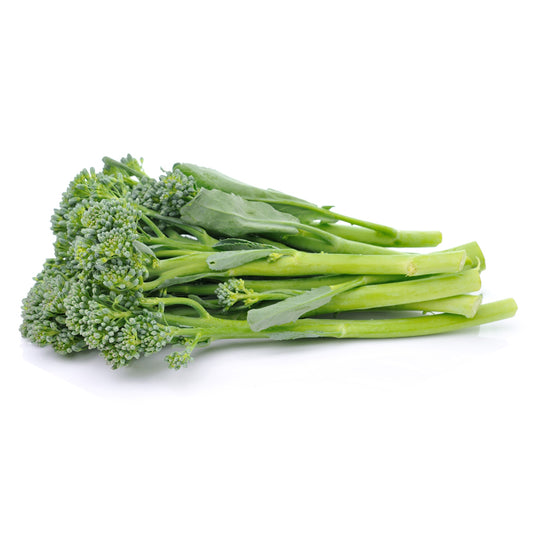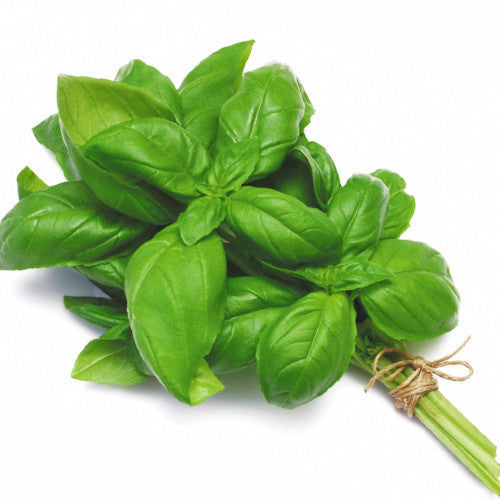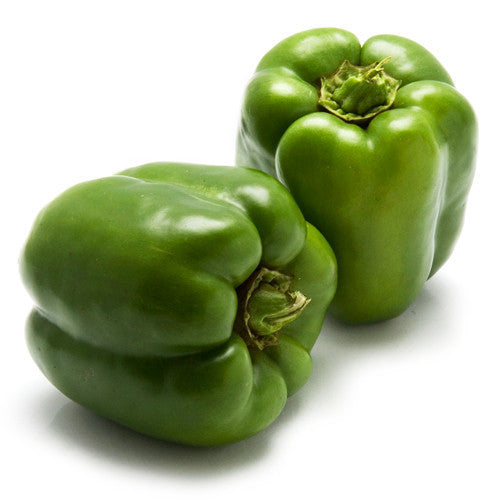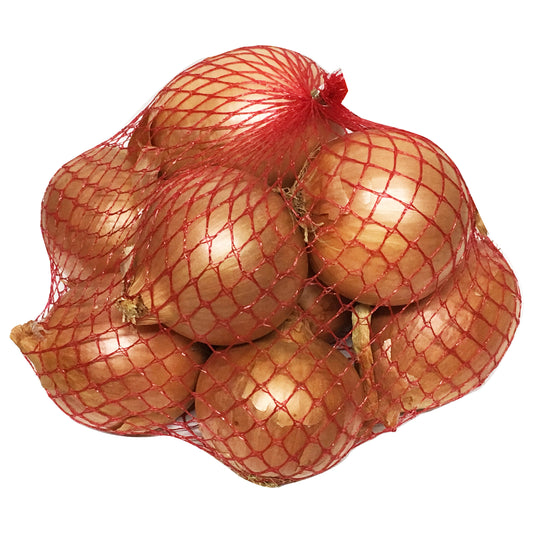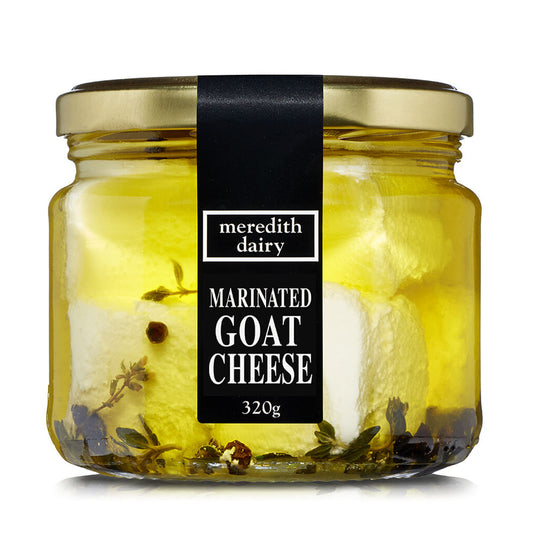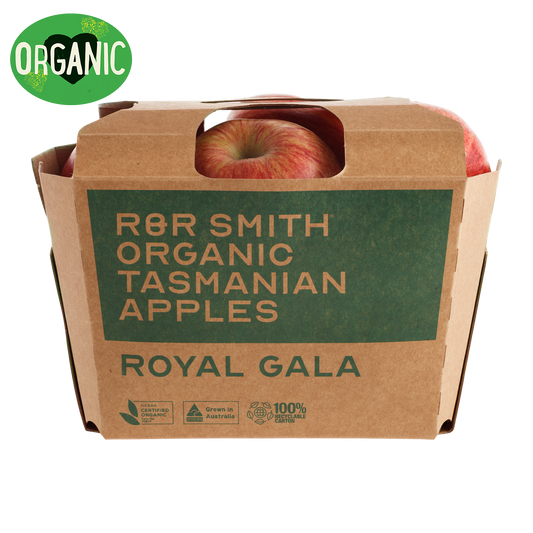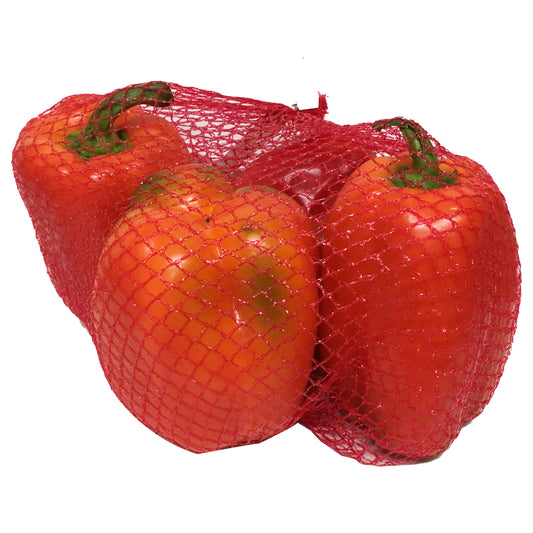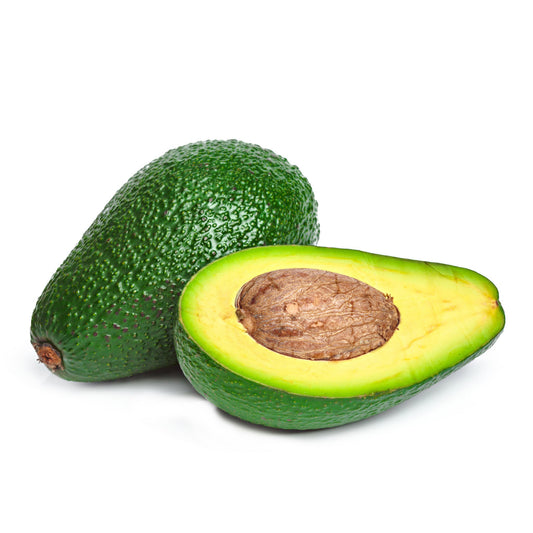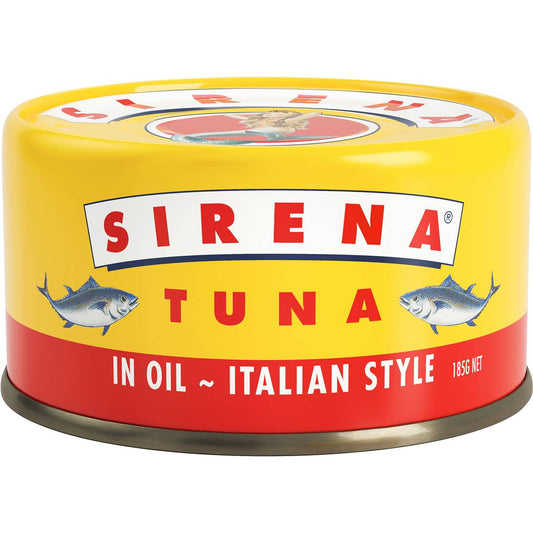
The benefits of adding just one serve of fruit and vegetables into your daily diet are indisputable - for the individual, the country and the plant.
Yeh, yeh we’ve heard it all before, “Eat more veggies”, “ Eat your greens”… But if we all know this so well, why is it that only 5% of Aussies are actually meeting the recommended number of veggie serves per day?!
Firstly, how many serves are we actually meant to eat each day?
The Australian Dietary Guidelines say we should aim for five serves every day to ensure our bodies receive adequate fibre and essential vitamins and minerals. Veggies are also low in kilojoules, making them ideal for weight management (i.e. if you’re trying to lose weight, eating more veggies is a great start). Try and include a variety of red, green and yellow veggies in your diet (eat the rainbow!) as well as a range of cooked and salad veggies.
Struggling to meet your 5 a day?
Yes? Well don’t worry, you’re not alone! Including five serves of veggies a day can be tricky, especially if you don’t plan ahead. Luckily, we’ve come up with 5 simple ways to help you increase your veggie intake without too much effort!
1. Jazz it up!
Does sitting down to a plate of steamed broccoli excite you? Given we eat with our eyes and our noses, it’s really no surprise if it doesn’t! Jazzing up your veggies to make them a little more interesting and appealing will mean they’re much more satisfying to eat. Try adding some different herbs and spices and a splash of extra virgin olive oil over the top? Simply adding fresh chilli and garlic can make the world of difference. Lemon juice is another great flavour enhancer (and a healthy substitute for salt). If you feel like getting a little more experimental, try stuffing vegetables such as eggplant or capsicum with lean meat and basmati rice, or mix up your lasagne by using eggplant and sweet potato instead of lasagne sheets.
2. Try frozen
Fresh veggies, particularly when eaten in season, are a fantastic choice – however, we don’t always have these on hand. The good news is that frozen veggies are equally nutritious and often more convenient and affordable. We like to always keep a bag of mixed veggies in our freezer as we never know when they might come in handy!
3. Snack time
Snacking is an area that many people fall down when trying to maintain a healthy diet. The key to smart snacking is simple – be prepared. We recommend spending some time planning out your meals and snacks for the week to make things a whole lot easier for yourself. Try cutting up a bunch of vegetables, like carrots or celery and keep them in the fridge, as this means you’ll always have a healthy go-to snack option. Combined with some low fat cottage cheese or hummus, vegetable sticks are a great way to reach your 5 a day!
4. Add legumes
Looking to kill two (or three) birds with one stone? Legumes (e.g. chickpeas, lentils and kidney beans) are the ultimate superfood and count towards both your vegetable intake, carbohydrate intake and they are also a great source of protein. You’ve probably realised by now that we are absolute legume-a-holics! We add them to everything – breakfast, salads, spag bol – you name it!
5. Balance your plate
Having an image in your mind of what a healthy, well-balanced plate should look like is a great way to ensure you get your proportions right. The balance you should aim for is:
- ½ plate non-starchy veggies or salad (e.g. carrots, broccoli, tomato, capsicum or leafy greens)
- ¼ plate good-quality carbohydrates (e.g. wholegrain pasta, brown rice, quinoa, potato)
- ¼ plate lean protein (e.g. lean meat, skinless chicken, fish, eggs, dairy, legumes or tofu)
Looking for more? Here's a recipe for one of our fave mason jar salads!

